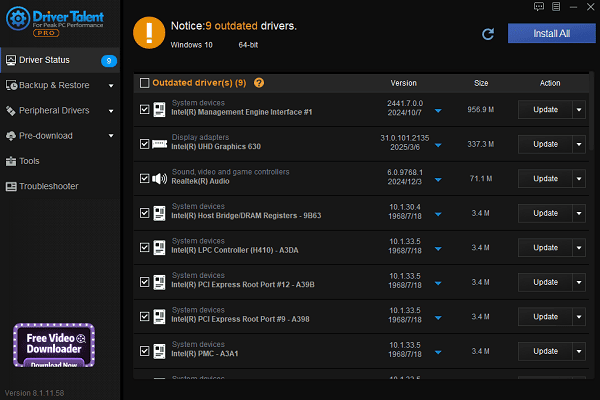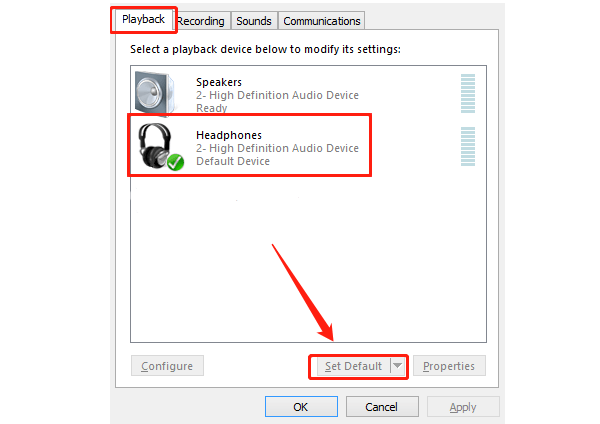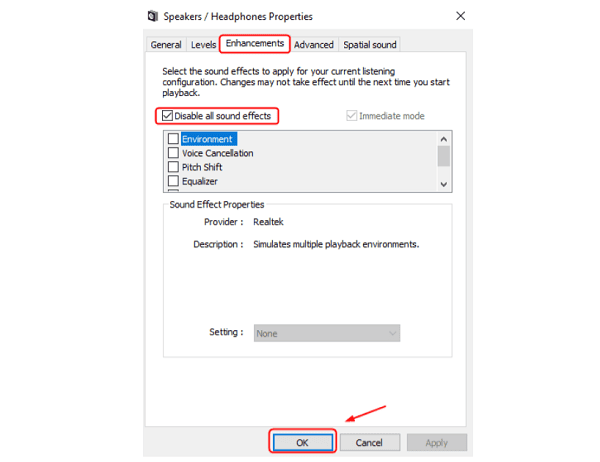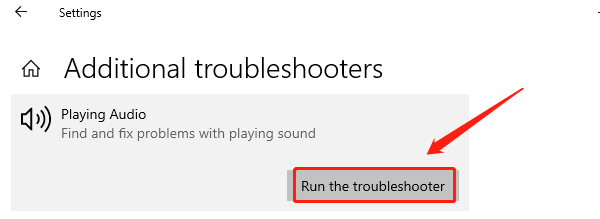
Headphones not working on a laptop is a common issue—whether it's no response when plugged in, no sound output, or constant static noise, these problems can seriously impact your listening experience.
This article outlines the common causes and provides practical solutions to help you quickly fix headphone issues on your laptop.
1. Symptoms of Laptop Headphone Issues
No sound output when headphones are plugged in
System doesn't detect the headphones
Static, distorted, or intermittent sound
Volume control not working
Sound only coming from one side of the headphones
2. Common Causes of Headphone Malfunctions
Loose or damaged audio jack:
Aging, dust buildup, or a loose headphone jack can prevent proper connection and recognition.
Audio driver issues:
Outdated, corrupted, or incompatible drivers may stop sound from being output to the headphones.
Incorrect system settings:
Audio output may still be set to speakers or muted.
Faulty headphones:
Damaged cables or internal components can cause malfunction.
Software conflicts or system errors:
Antivirus programs or third-party audio enhancers may interfere with audio transmission.
3. Solutions to Fix Headphone Issues on Laptops
Solution 1: Update Audio Drivers
Audio drivers are essential for headphones to work properly. If the drivers are faulty, headphones may stop functioning. For users unfamiliar with manual driver installation, it's recommended to use a tool like Driver Talent, which can automatically detect and update drivers to avoid errors.
Download the latest version of Driver Talent, install and launch the program.
Click "Scan" to detect missing or outdated drivers.
Locate the audio driver in the scan results and click "Update".

After the update, restart your laptop to apply the changes.
Solution 2: Check the Headphones and Jack
Test the headphones on another device to ensure they are working.
Gently clean the headphone jack with a cotton swab to remove dust.
Make sure the plug is fully inserted and secure.
Solution 3: Set Headphones as Default Output Device
Right-click the volume icon on the taskbar and select "Sounds".
Under the "Playback" tab, select your headphones and set them as the default device.

Make sure the volume is not muted and adjust it as needed.
Solution 4: Disable Audio Enhancements
Open Control Panel > Sound, select your speakers, and click "Properties".
In the "Enhancements" tab, check "Disable all sound effects".

Click "Apply" and "OK", then test the sound again.
Solution 5: Run the Audio Troubleshooter
Go to Settings > Update & Security > Troubleshoot > Other troubleshooters.
Select "Playing Audio" and click "Run the troubleshooter".

Follow the on-screen instructions to detect and fix issues.
Solution 6: Try an Alternative Audio Device
If the 3.5mm jack is faulty, consider switching to USB or Bluetooth headphones.
Ensure the drivers for the new device are installed and the device is properly paired.
4. Preventive Tips for Headphone Issues
Clean the headphone jack and cables regularly
Avoid frequent plugging/unplugging to extend the jack's lifespan
Keep your audio drivers and system updated
Use reliable antivirus software to avoid system file corruption
Avoid pulling or twisting headphone wires
5. Frequently Asked Questions (FAQ)
Q1: What should I do if there's no sound after plugging in headphones?
A: Check if the output device is set to headphones and update the audio driver.
Q2: Why does sound only come from one side?
A: It could be due to a damaged headphone cable or plug. Try using another pair.
Q3: Why doesn't the system detect my headphones?
A: Check the headphone jack for dust or loose contact, reinstall the audio driver, or run the Windows troubleshooter.
With the methods above, most headphone issues on laptops can be resolved efficiently. If the problem persists, consider seeking help from a technician for a hardware check.
Hopefully, the solutions shared in this article will help you restore headphone functionality and enjoy a high-quality audio experience.
See also:
Fix ntoskrnl.exe High Disk Usage Issue on Windows 10
[Fixed] ntkrnlmp.exe BSOD Error on Windows 11
Razer Headset Mic Not Working on PC? Try These Fixes
How to Fix a Slow Internet Connection on Windows
Qualcomm Atheros QCA61x4A Driver Download and Installation Guide









